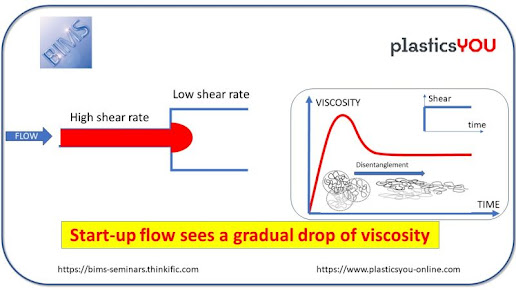Brazilian Designer Selects Ticona's Long Fiber Reinforced Thermoplastic to Design a Chair
A new plastic chair introduced in Brazil is receiving awards for its contemporary look with a focus on features such as geometry, harmony and consistency thanks to Ticona Engineering Polymers and the exceptionally well balanced property profile of Celstran® long fiber reinforced thermoplastics (LFRT).
Manufactured from a single mold, the IC01 chair by designer Guto Indio da Costa uses a glass fiber reinforced polypropylene (PP) Celstran LFRT grade from Ticona that offers design, processing and cost advantages vs. unfilled polypropylenes and acrylonitrile butadiene styrenes (ABS), as well as short glass reinforced nylons and polyesters. "In addition to the significant weight and cost advantages over typical materials used in similar applications, this Celstran PP LFRT offers high stiffness, strength, toughness and low warpage while providing wide design latitude, colorability and a much better surface finish out of the mold," said Simone Orosco, Development & Marketing Manager, Brazil.
Celstran PP LFRT grades from Ticona offer several advantages:
Weight and cost savings less weight at equal wall thickness
Improved creep resistance resists compression and deformation from skin/cover shrinkage
Improved impact performance reduces breakage during shipping, handling and assembly
Improved notched impact strength better load transfer and predictable performance in cold temperatures
Superior tensile strength higher tensile strength and elongation resulting in ductile behavior
The Ticona team, including George Dini, sales manager, Brazil, worked with the Rio de Janeiro design house Indio da Costa and its Brazilian molder Pnaples, which is supplied by the Ticona distributor Tecnopolymer. The chairs are injection molded in various colors by adding tint concentrates to the base Celstran PP LFRT.



Comments
Post a Comment